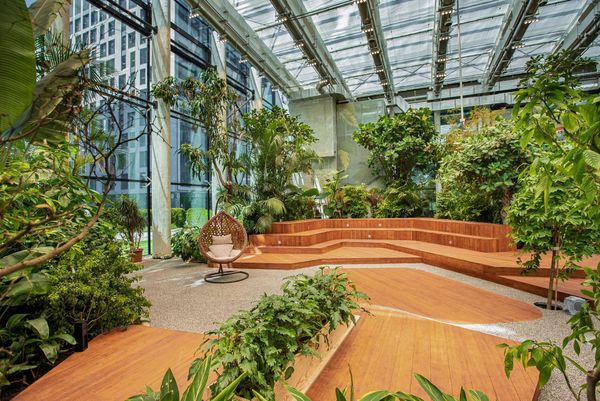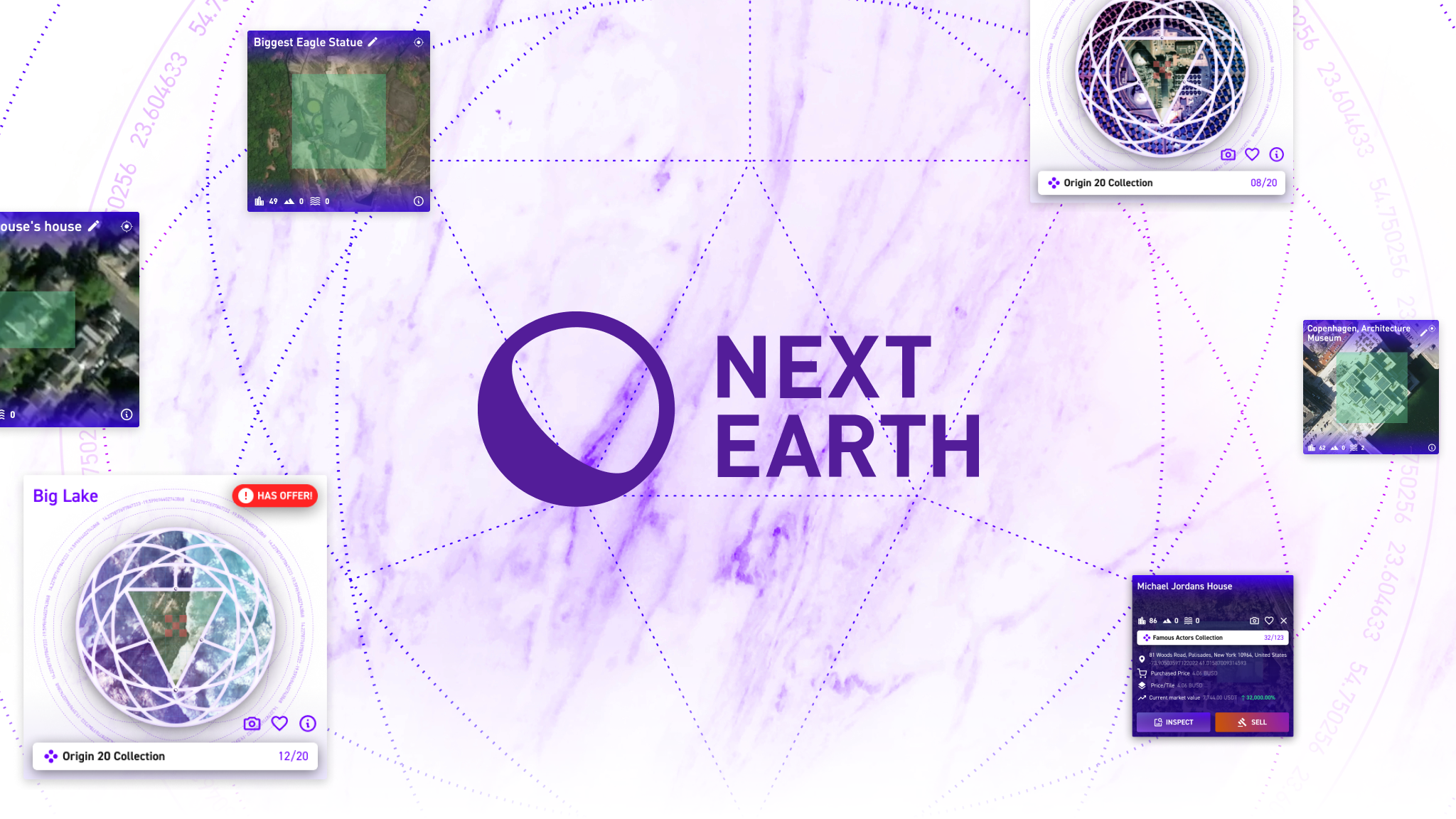This summer, a Hungarian developer team launched the blockchain-based NextEarth platform, which allows you to buy land on a virtual copy of our planet.
NextEarth is an NFT-based business metaverse in which we can buy the lands of Earth, divided into plots, be it the White House, a rainforest in the Congo Basin, or just our current home. The land purchase function of the Earth2.0 platform and the metaverse of Decentraland served as a preview for the team, which consists mostly of Hungarian developers, and the two are combined and optimized by NextEarth. The spread of metaverses as virtual social networks with their own economy now seems less and less a utopian idea—this summer, for example, Mark Zuckerberg said in an interview with Verge that he envisions Facebook as a metaverse in the future, a three-dimensional virtual space, in which we can live our secondary life.
The NextEarth operating model, founded by Gábor Rétfalvi, is rooted somewhere in the structure of MMORPG (Massively Multiplayer Online Role-Playing Game) games, so the platform is a virtual world that is constantly evolving, even when we are not participating in it. Although, buying and selling plots is the one and only feature of the platform at the moment, as the community grows, so does the number of potential improvements. The team is already working on the land art function, which allows customers to create pixel drawings for the land they buy, which they can then own as NFTs, but the developers’ future plans include modeling 3D spaces, for example.
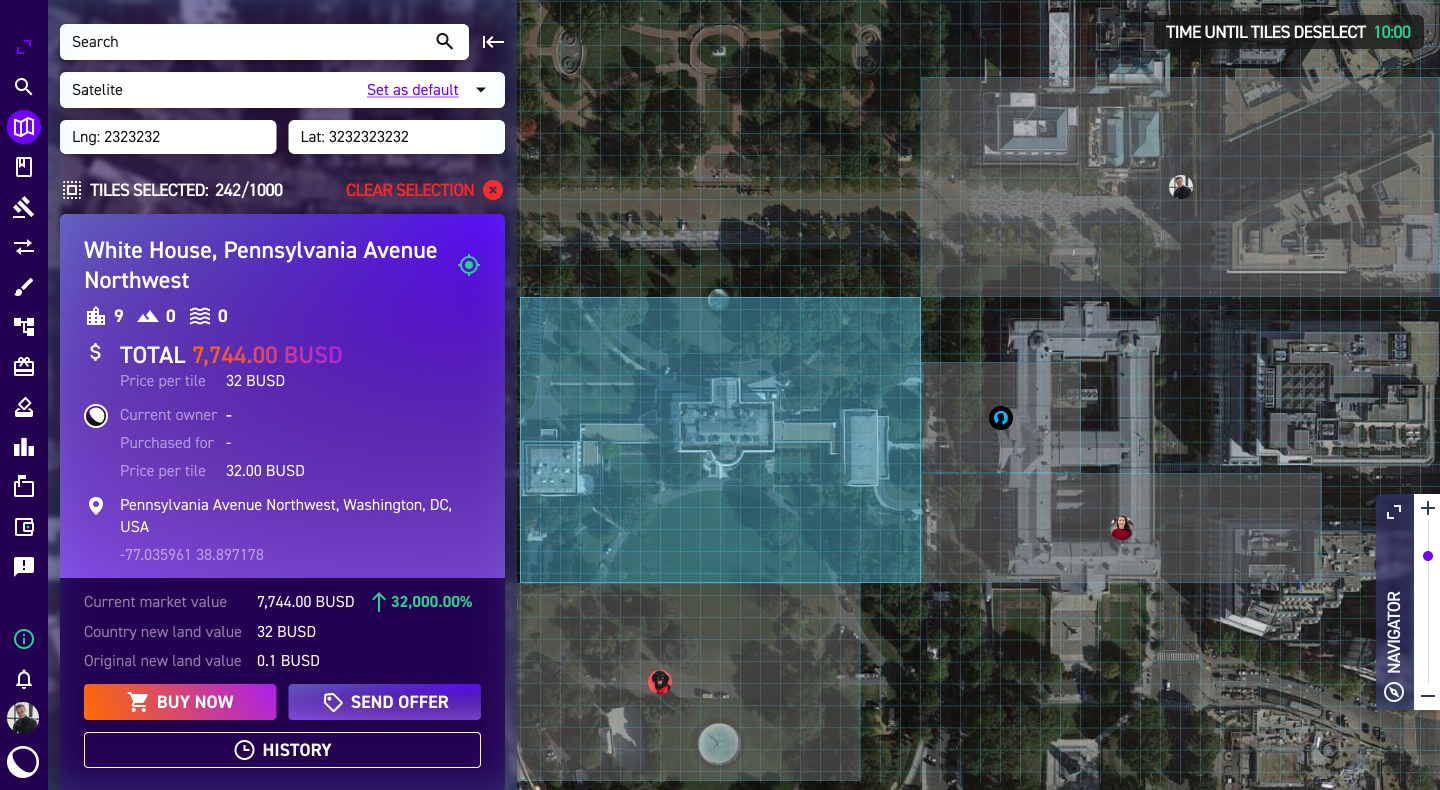
The satellite imagery of the Earth is updated from time to time, so if something is later built on a piece of land we buy, or vice versa, an important building disappears from it, the value of the plots may change depending on that. The beginner customer base is made up entirely of early adopters who are already proficient in the blockchain sphere and see that the system may have a growing raison d’être in the future, so they get in early when they can shop relatively cheaply. The price of plots varies according to the calculations of an algorithm based on the development of demand and supply, so the more the platform spreads and the demand for virtual land grows, the more the value of the landowners’ portfolio is expected to increase. Many are motivated to play their part in shaping the fate of NextEarth, as when they enter, they become members of the platform community operating under the DAO (Decentralized Autonomous Organization) system.
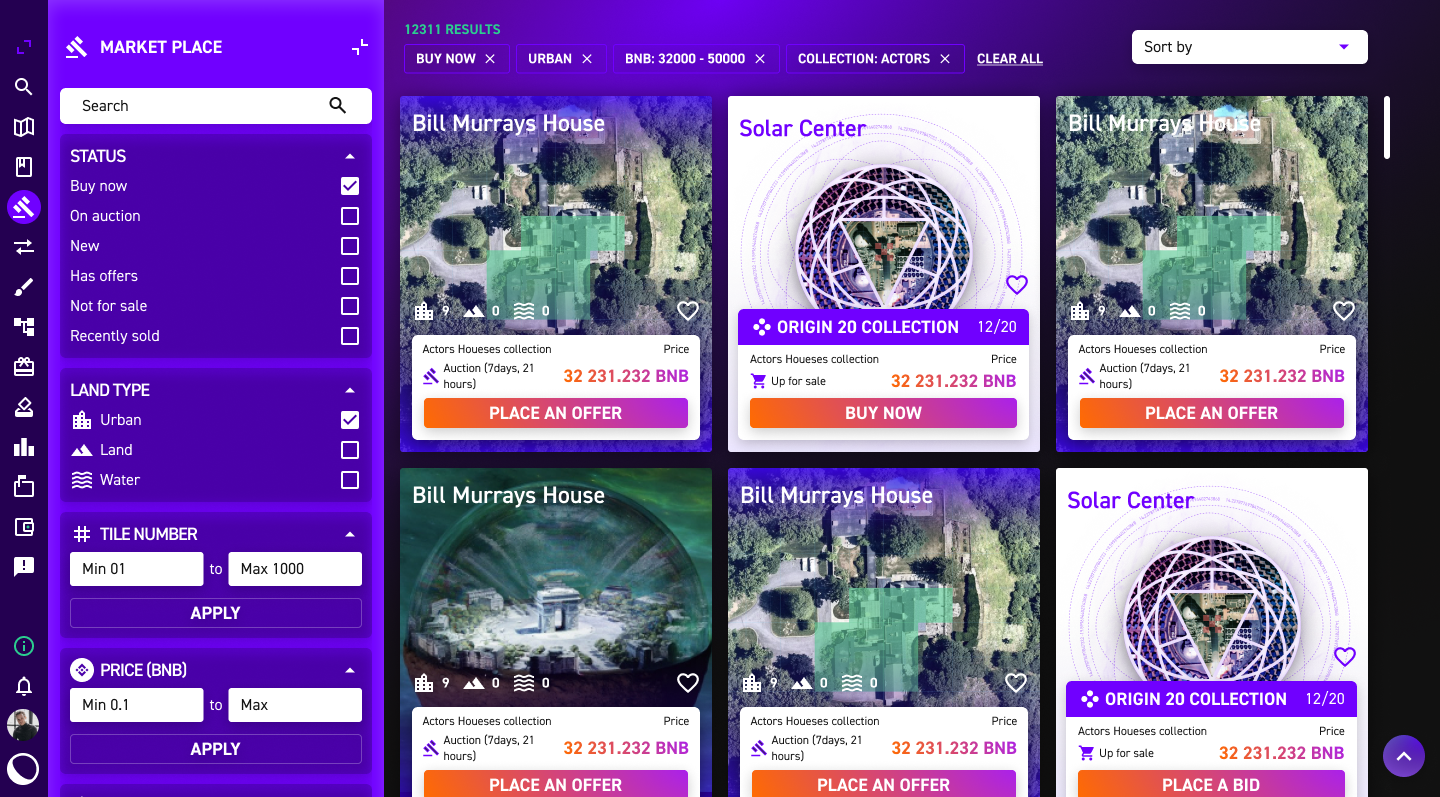
According to art director Ádám Dragus, after the publication, the number of people interested in the page increased exponentially, most of the plots in New York sold out in a few hours, for example. The platform currently registers more than two thousand landowners from around the world and has more than fifty thousand NFTs in the system. The easy-to-understand web structure and the visually unloaded brand identity may also have played a role in the early success of the site.
“I wanted the appearance of NextEarth to reflect the high-tech nature of the platform, and my goal was for the visual identity to suggest reliability. Most users have to absorb a lot of information at the same time when they first encounter the world of NextEarth anyway, which is why I focused on functionality to make navigating the site as easy as possible,” says Ádám.
Although the logic of redistributing and owning the Earth is difficult to reconcile with environmental awareness, as it reinforces a mindset in which our planet takes a subordinate role, NextEarth still wanted to sneak eco-conscious elements into the operation of the platform. A portion of each transaction goes into a donation fund, and each month the community decides which environmental charities to donate to.

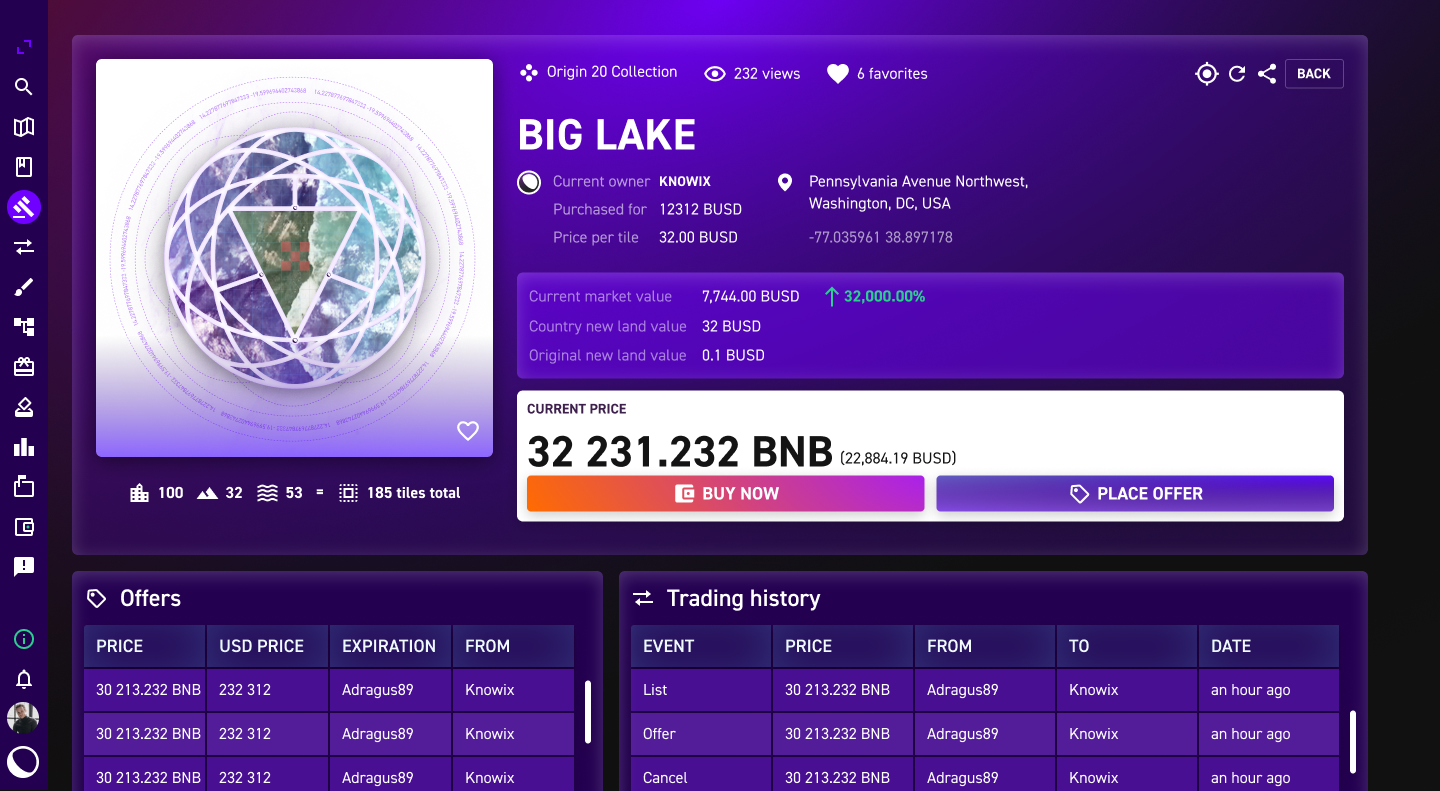
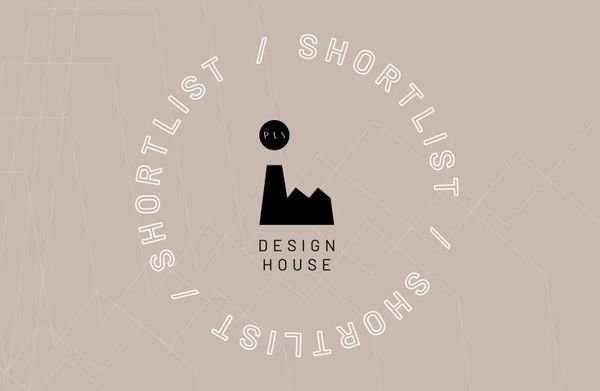
The winners of the PLY DESIGN HOUSE design contest received their awards

Painting that evokes emotions—The wonderful world of Máté Orr
